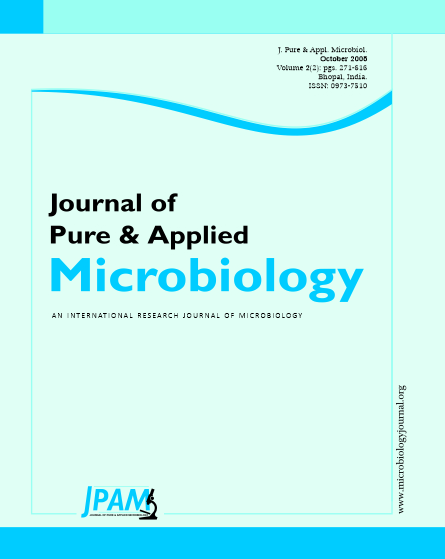Extended spectrum beta lactometers are the enzymes, which were mainly occurred in hospital acquired infections (nosocomial infections) due to unhygienic conditions of the hospital environment. ESBL production is usually plasmid mediated, it is possible for one specimen to contain both ESBL producing and non ESBL producing cells of the same species. This suggests that for optimal detection, several colonies must be tested from a primary culture plate. In the process of detection of these enzymes, first we isolate the organism from wound based on the culture characters and biochemical characters and proceed for antibiotic sensitivity. If the organism shows resistant, then we have proceed for test for Beta lactamases, and confirmatory tests for ESBLs.The prevalence of ESBLs in government general hospitalk kakinada and surroundings places in kakinada district is 9.33%. It is much lower than other reports from India and abrod. In our study surprisingly out of 21% of esbl positive cases, 16% of the isolates were Proteus species. All the isolates were found sensitive to the Carbapenem antibiotics.
ESBLs – Extended Spectrum Beta-Lactamases, 3GC-third generation cephalosporins, TEM-Temonera (gene), SHV-sulphydril variable (gene) enzymes, CONS-Coagulase negative Staphylococci
© The Author(s) 2008. Open Access. This article is distributed under the terms of the Creative Commons Attribution 4.0 International License which permits unrestricted use, sharing, distribution, and reproduction in any medium, provided you give appropriate credit to the original author(s) and the source, provide a link to the Creative Commons license, and indicate if changes were made.


